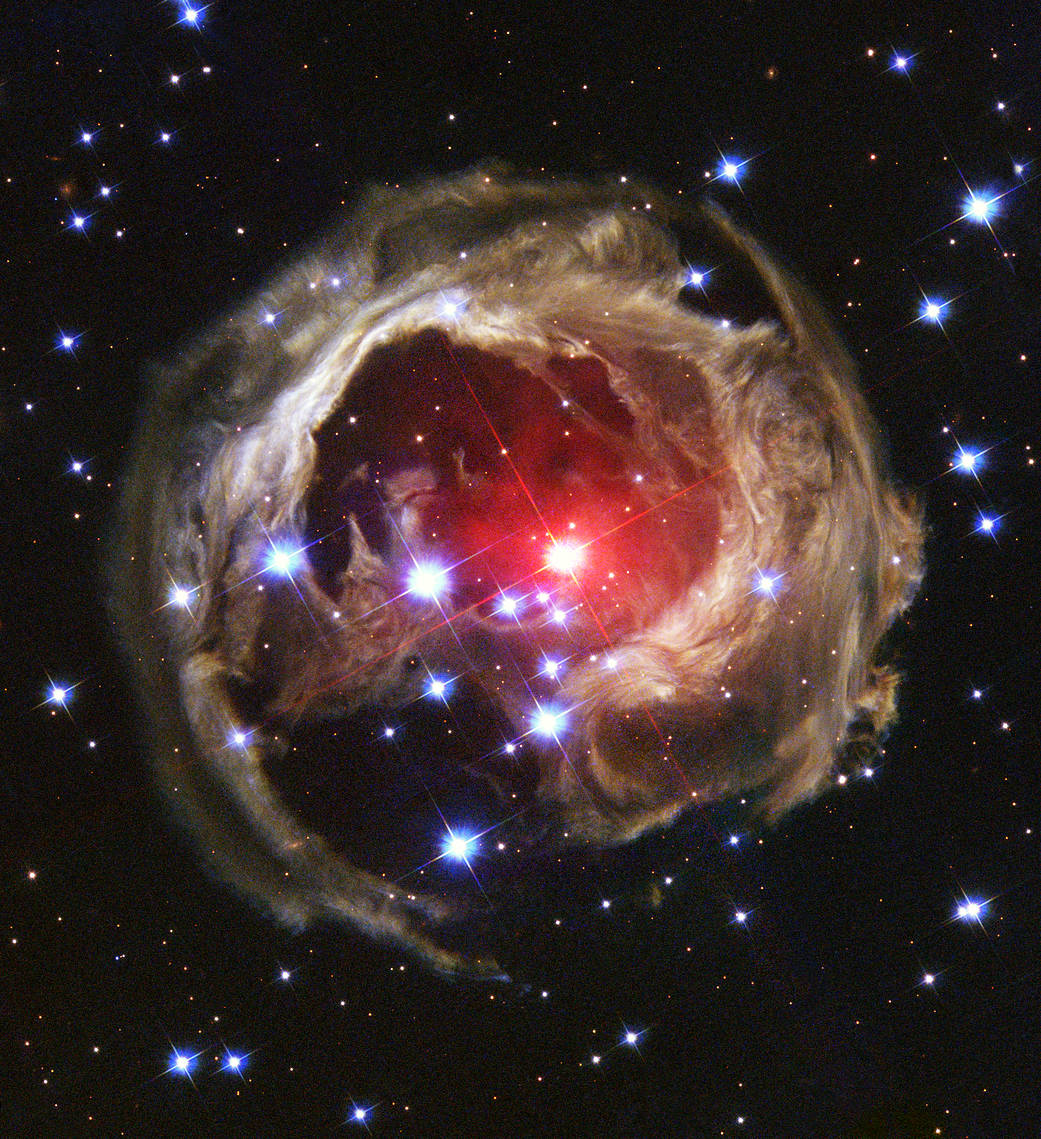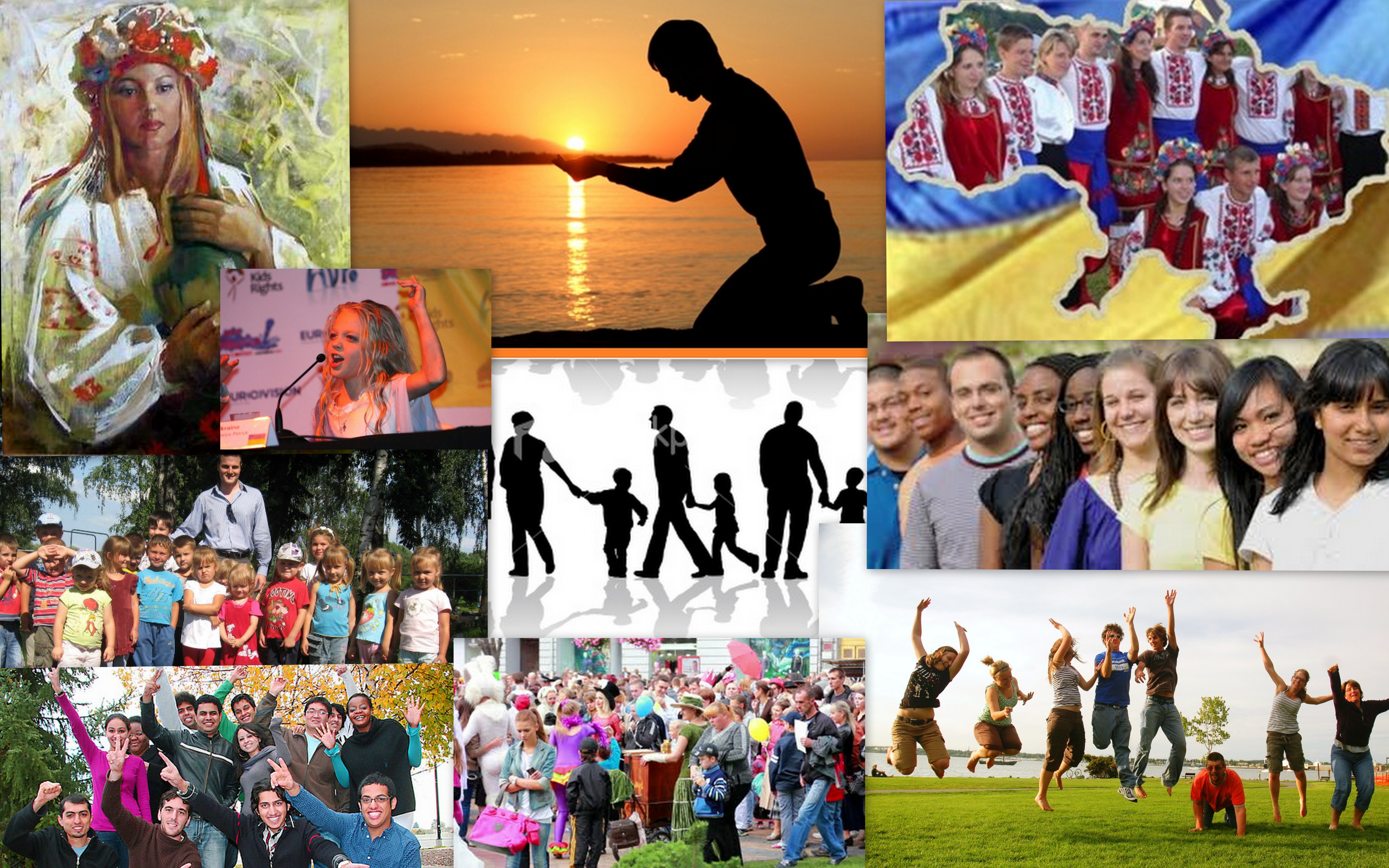Current neuroscience research refutes the long held notion that “our thoughts cause our actions.” This now defunct theory is called mental causation. If our thoughts or decisions do not cause our actions, what does?
What is the source of our performance, if it is NOT thinking certain thoughts, then make decisions, and sometimes having to cultivate the proper emotion?
Before we can answer that question we need to discover how thoughts, emotions, feelings, memories, and thought processes operate. This is referred to as our Way of Being synonymous with our internal state or “everything that is going on with us”. Erhard et al (2022)
Neuroscience research confirms that our internal state and our actions arise together as one thing. Counter-intuitively, one does not cause the other.
To reiterate: Our Internal state (feeling, emotions, thoughts) and actions arise together as one thing.
Having dispelled the illusion that deciding to act causes one to act, the question becomes: What is the source of our Way of Being (Internal state) and our actions?
Turning again to neuroscience and our personal real-time experiments: THE WAY THINGS OCCUR FOR US IS AT THE SOURCE OF OUR ACTIONS & INTERNAL STATE.
What determines how things (situations) OCCUR for us?
Our Way of Being and Actions are correlated to how the World ‘occurs’ for us. Where our World refers to situations we are working on, situations we are working in, and how we occur for ourselves during working on and in those situations.
The context colors and shapes, determines, the ‘occurring’ how the World occurs for us.
If in certain situations we consider ourselves to be confident, we will act and be confident.
Reference:
Erhard, Werner and Jensen, Michael C. and Zaffron, Steve and Echeverria, Jeronima, Course Materials for: ‘Being a Leader and the Effective Exercise of Leadership: An Ontological/Phenomenological Model’ (October 4, 2022). Harvard Business School NOM Working Paper No. 09-038, Simon School Working Paper No. 08-03, Barbados Group Working Paper No. 08-02, Available at SSRN: https://ssrn.com/abstract=1263835 or http://dx.doi.org/10.2139/ssrn.1263835

